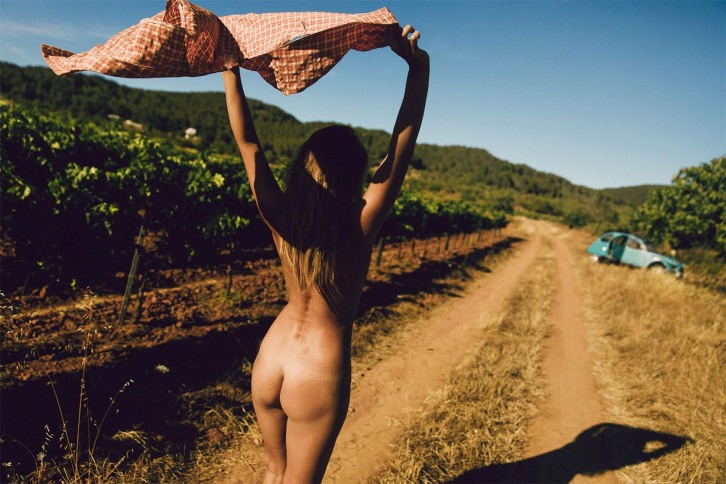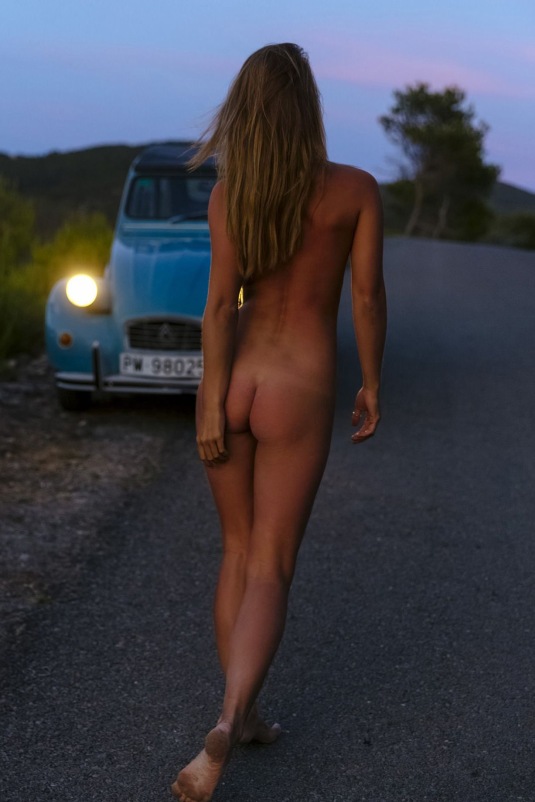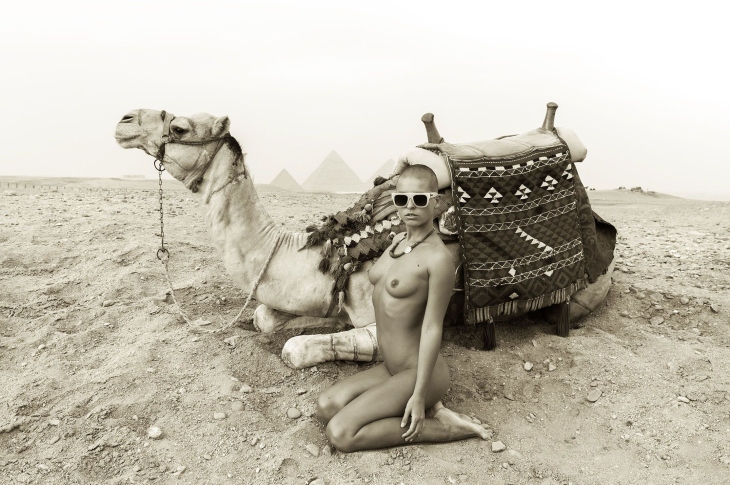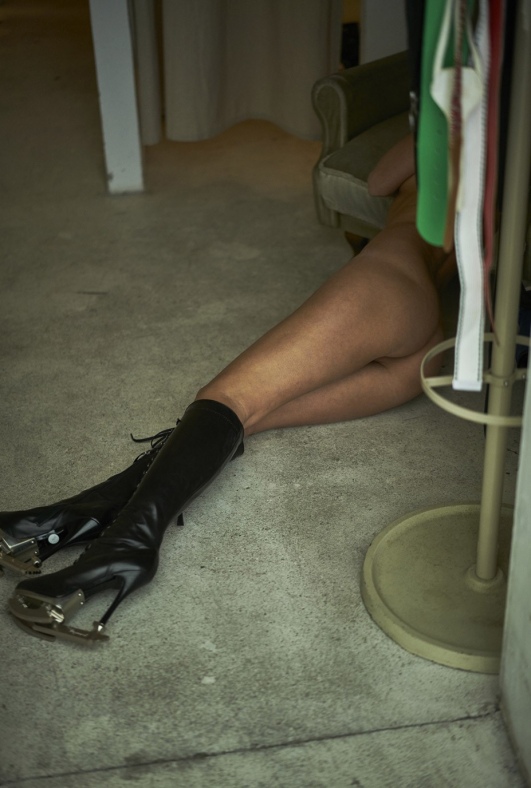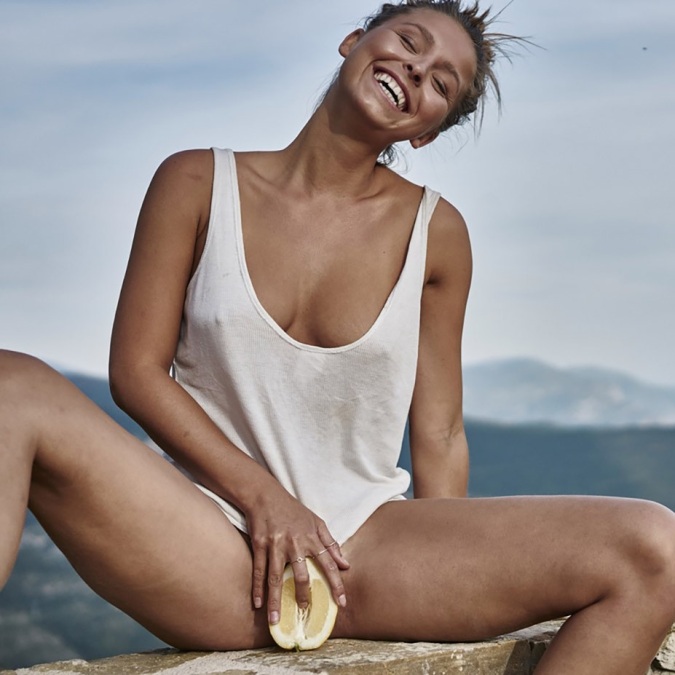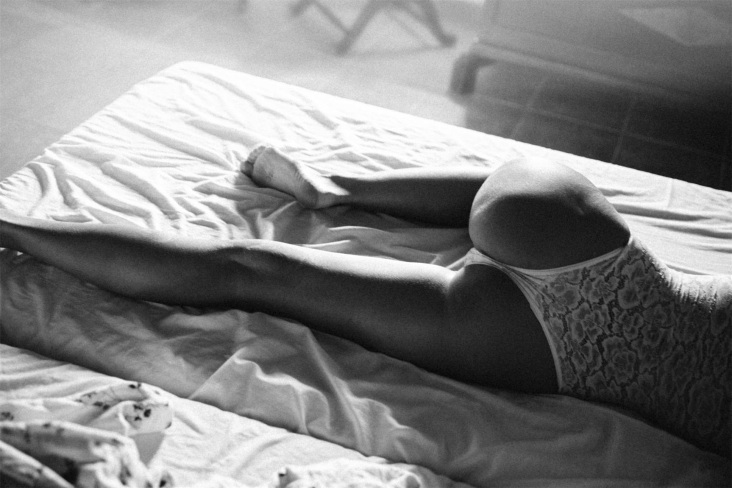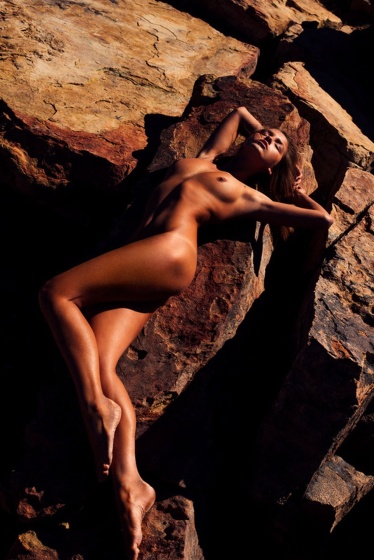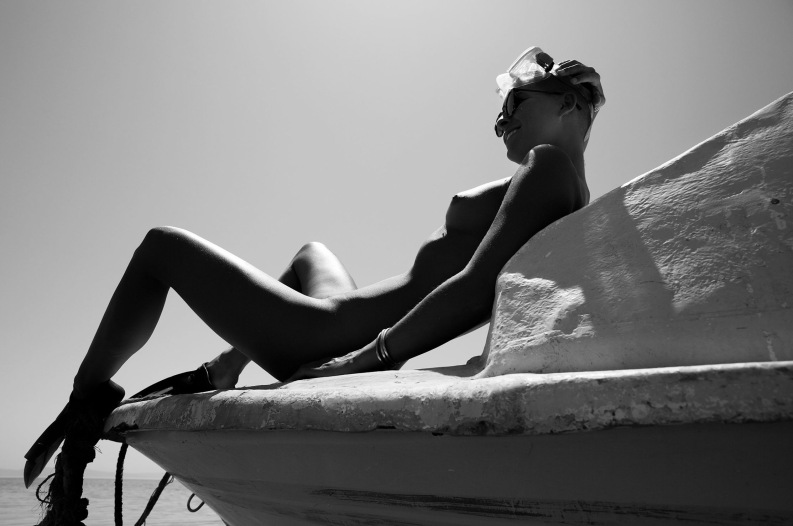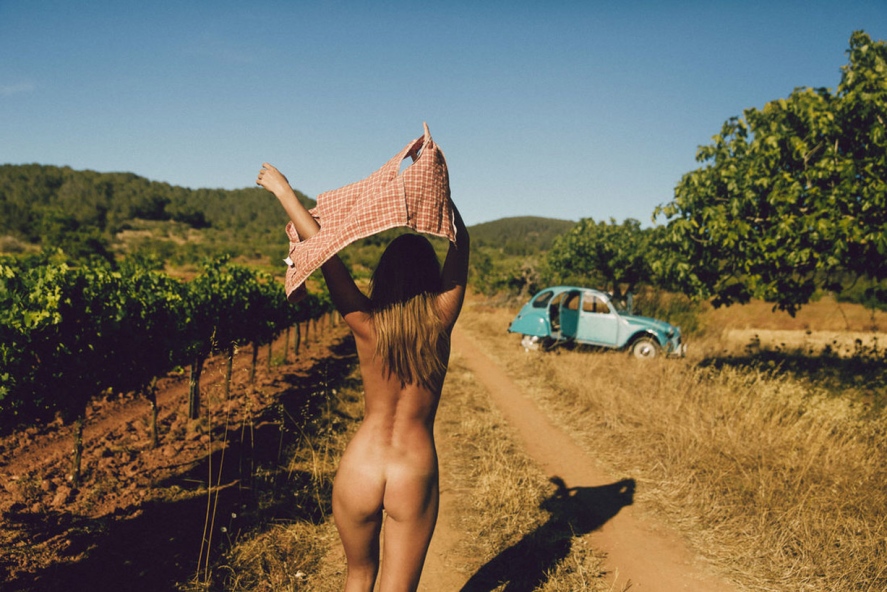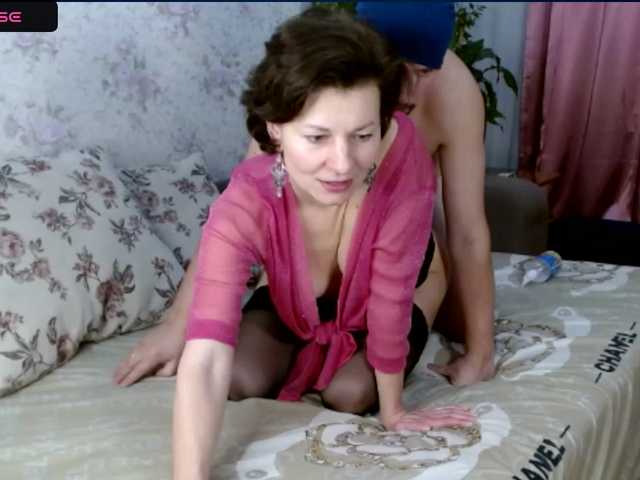Marisa Papen Ass, Marisa Papen No Panties
Marisa Papen, a Belgian model and model, has been making waves in the art world with her unconventional candids. Her daring and provocative photographs highlight the beauty of the human body in its most natural form, including shots of Marisa Papen no panties and Marisa Papen ass, causing controversy among some viewers. However, many see her work as a celebration of freedom and liberation.
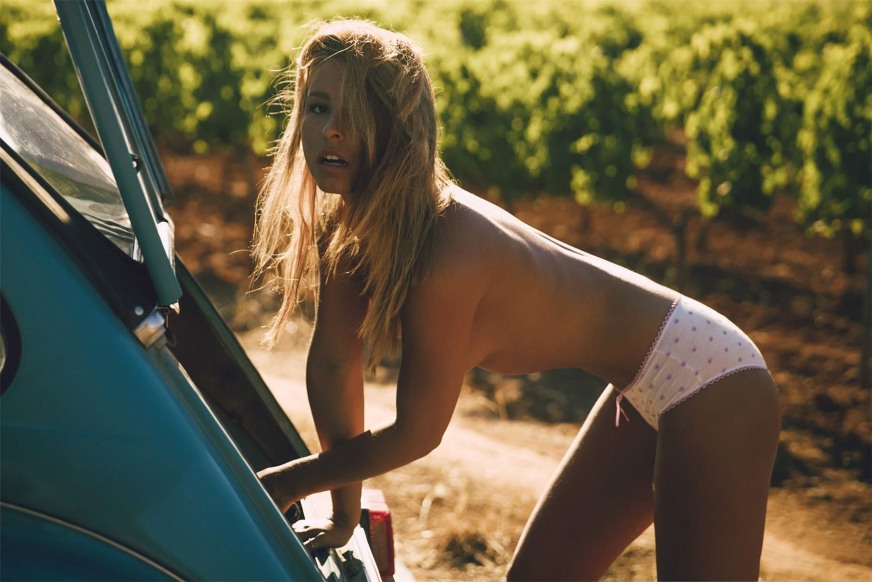
Papen's artistic vision challenges society's views on nudity and censorship, and her contribution to the #freethenipple movement has sparked important conversations about the intersection of art and politics. Furthermore, Papen's empowering portrayal of the female form highlights the beauty and strength of women and contributes to the feminist movement.
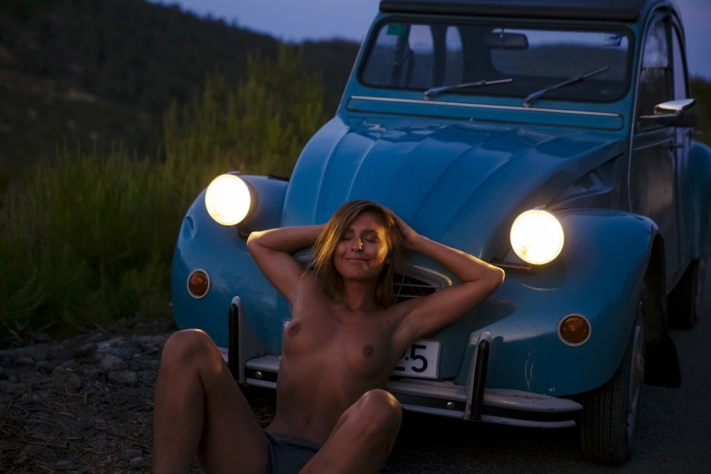
In this article, we will explore Marisa Papen's unconventional candids in more detail, looking at the impact of her work, both positive and negative, and what it means for the art world and society at large.
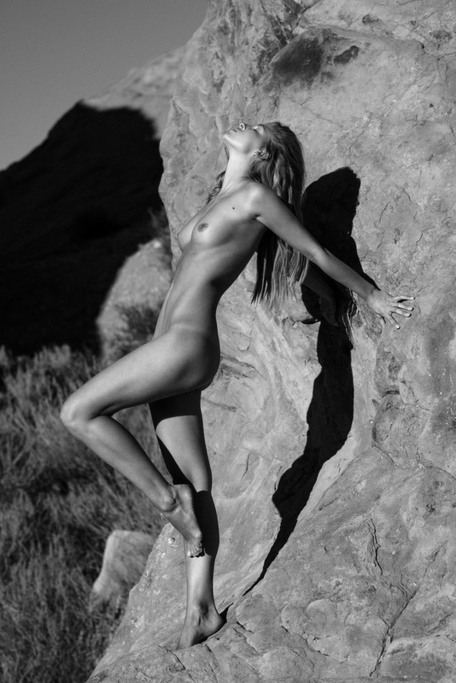
Who Is Marisa Papen?
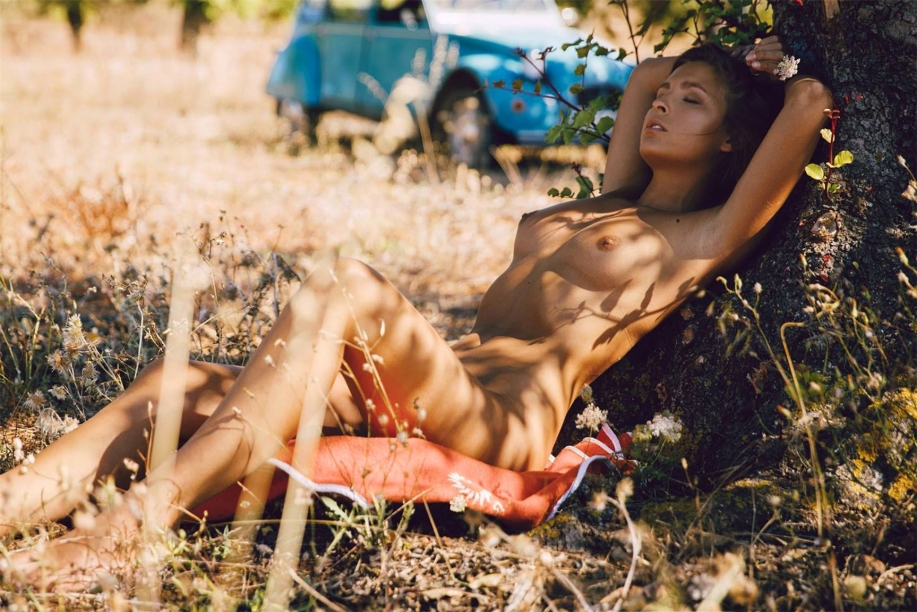
A Belgian-born model and model who rose to fame through her unconventional style of photography. She gained notoriety for her daring and often controversial photoshoots, which often involve nudity, explicit themes, and provocative poses. With her daring and bold approach to photography, Papen has become a leading voice in the #freethenipple movement, and her work has inspired countless women to celebrate their bodies in all their natural beauty. However, her unconventional approach to photography has also garnered controversy, with some accusing her of objectifying women and promoting a harmful message. Despite the criticism, Papen continues to push boundaries and remains a cultural icon in the world of photography and the entertainment industry. Whether you love her or hate her, there's no denying that Marisa Papen photos between the legs are some of the most captivating and thought-provoking images out there today.
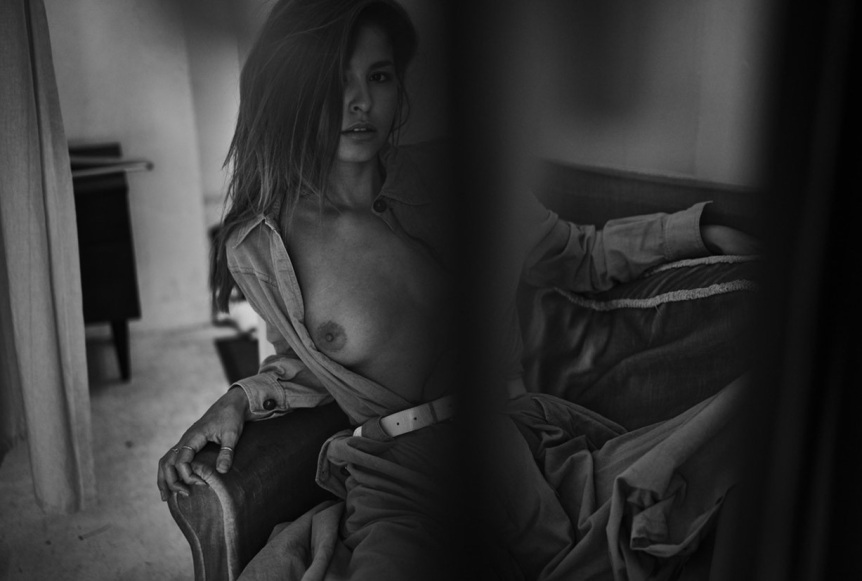
The Concept of Unconventional Candids
Marisa Papen is known for her unconventional candids, where she can be seen dressed in a short skirt, breasts her surroundings. The idea behind unconventional candids challenges the boundaries of traditional photography and pushes the limits of what is socially acceptable. Marisa Papen's works evoke a sense of freedom and liberation that cannot be expressed through traditional portrait photography. Her style is unapologetic and raw, capturing the essence of the moment in a way that is both provocative and compelling. Through her unconventional candids, Marisa Papen is able to explore the boundaries of art and censorship. Her works often attract controversy, but they also spark important conversations about feminism and female empowerment. As a celebrity and a public figure, Marisa Papen has become an influential voice in the #freethenipple movement, advocating for women's rights and pushing for greater visibility of the female form in art and photography.
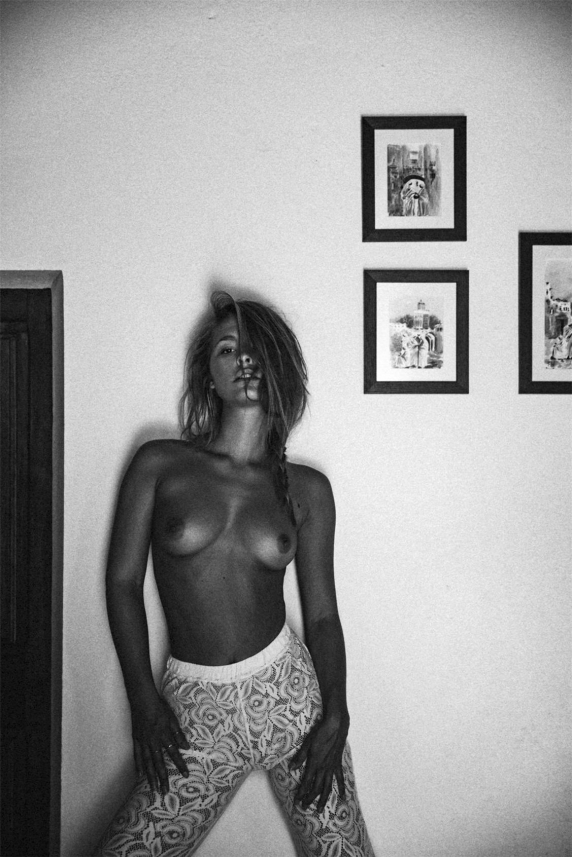
Papen's Controversial Works
Marisa Papen's controversial works have sparked debate and criticism, particularly for her choices to pose nude in public places. Her images have often featured her bare breasts, which have been controversial for some viewers. Papen has also stirred up controversy with her life, sharing images of herself with partners of different racial backgrounds. Some have praised Papen's boldness in challenging social norms and advocating for greater freedom of expression, while others have criticized her for being attention-seeking or promoting a negative image of women. Despite the backlash, Papen continues to create thought-provoking images that push boundaries and challenge traditional expectations of femininity.
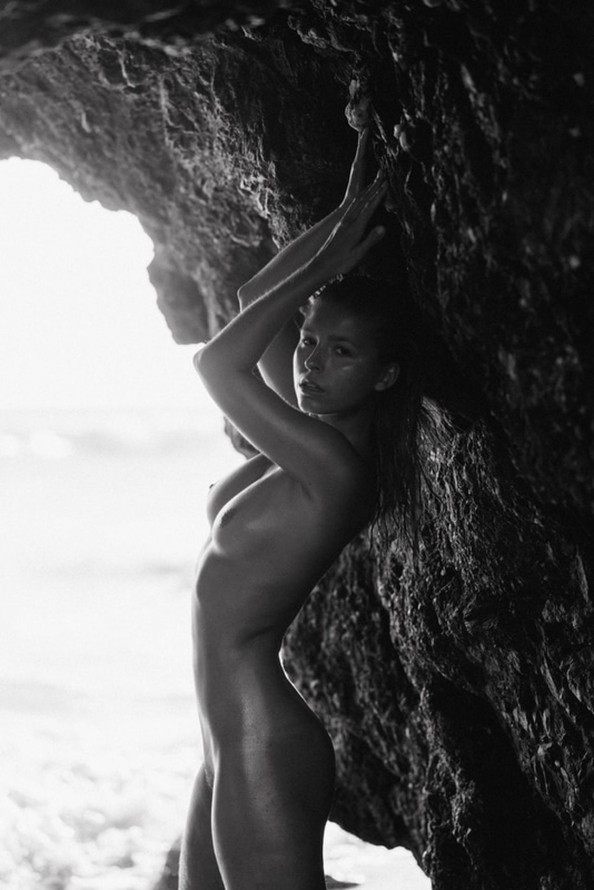
The Impact of the #freethenipple Movement
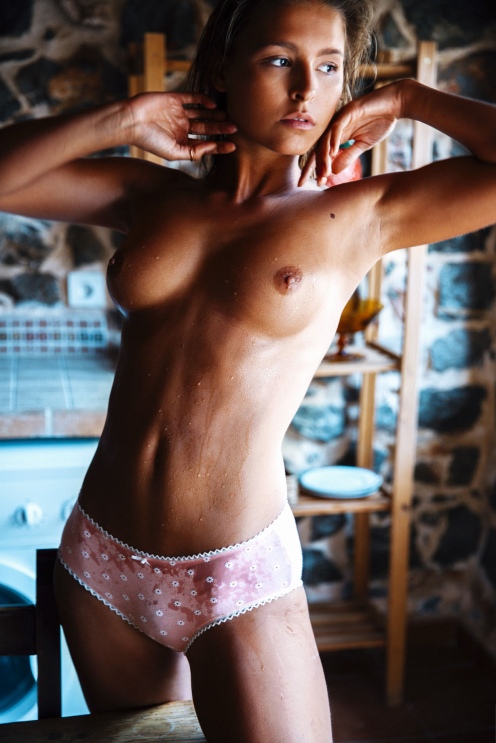
#freethenipple movement has had a significant impact on Marisa Papen's work. The movement is all about challenging societal norms around nudity and promoting body positivity. With her unconventional candids, Papen has been a strong voice in the movement using her art to highlight the beauty of the human body and the importance of freedom of expression. However, her work has also been met with controversy and censorship. Her images have been banned on social media, leading to debates about the intersection of art and censorship. Despite the challenges, Papen continues to push boundaries and fight for the #freethenipple movement. As a young woman, she has become a powerful force in the fight for gender equality and body positivity, using her platform to raise awareness on important issues and create positive change.

The Intersection of Art and Censorship
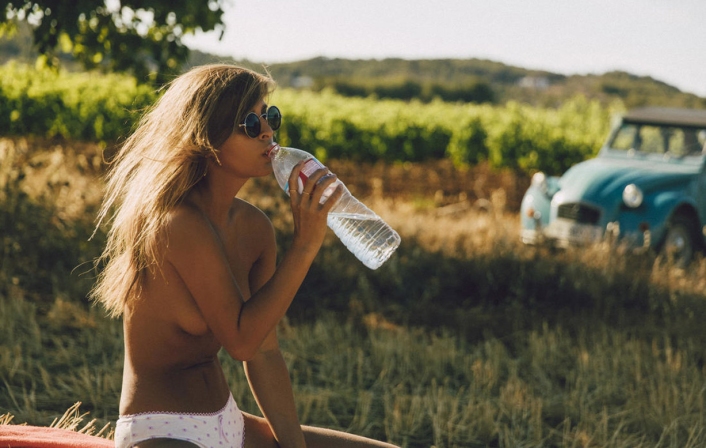
Censorship: Marisa Papen's work explores the intersection of art and censorship, often pushing the boundaries of what is deemed acceptable by society. Her provocative photoshoots often feature nudity, which has resulted in some of her work being censored on social media platforms. One of her more controversial works involved a photoshoot in the Vatican, where she posed naked and was subsequently arrested. Papen's provocative work challenges societal norms and prompts a discussion about censorship in the art world. While some may argue that her work is inappropriate or offensive, others see it as a form of artistic expression that should be protected under freedom of speech. The recent controversy surrounding her photo, where her buttocks are visible, has prompted further debate on the topic. Despite facing criticism and censorship, Papen continues to use her art to challenge societal norms and contribute to the ongoing debate around censorship in the art world.
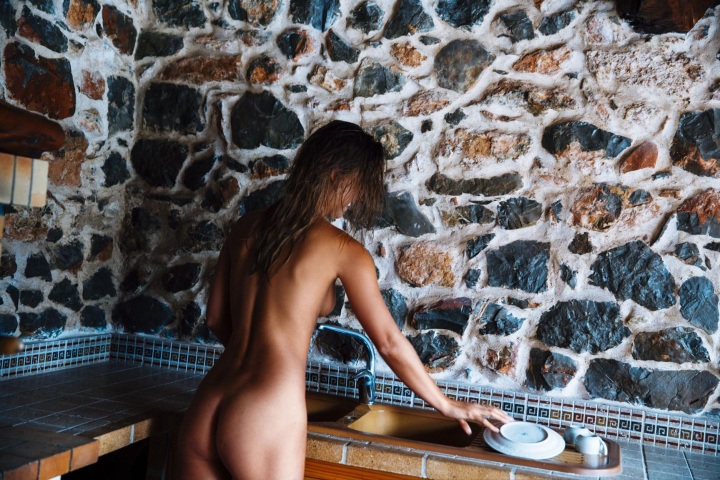
Papen's Contribution to Feminism
Marisa Papen's contribution to feminism is both noteworthy and unconventional. Through her daring art, she defies societal norms and sheds light on societal problems such as censorship. Her recent work, which includes Marisa Papen no panties shoot, boldly exposes the hypocrisy surrounding the policing of women's bodies in social media. Her message is clear: women should be free to express themselves in whatever way they choose, and the male gaze should no longer dictate the narrative surrounding female nudity. By challenging the status quo, she empowers women and encourages them to take control of their own narratives. Her fearlessness in the face of adversity, particularly in a world where women are still struggling to achieve equality, makes her a much-needed voice in the feminist movement.
